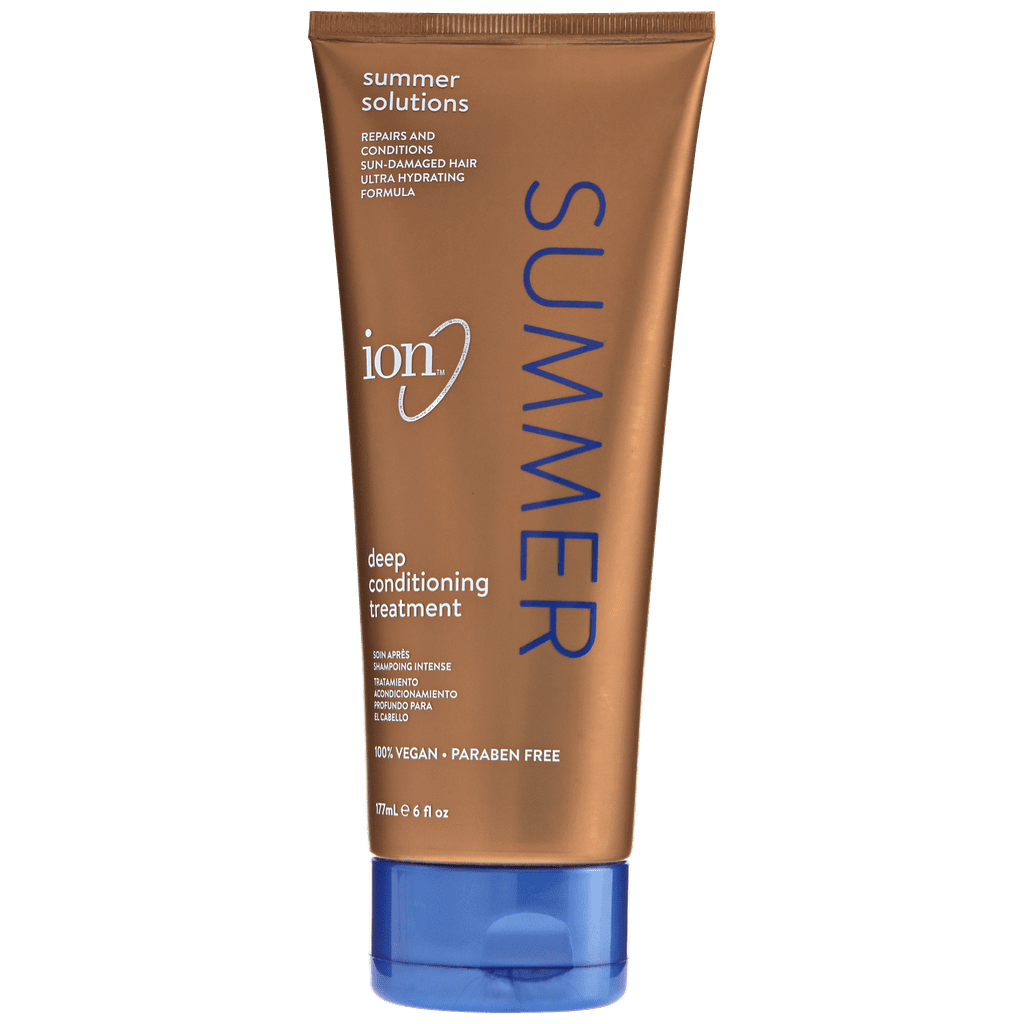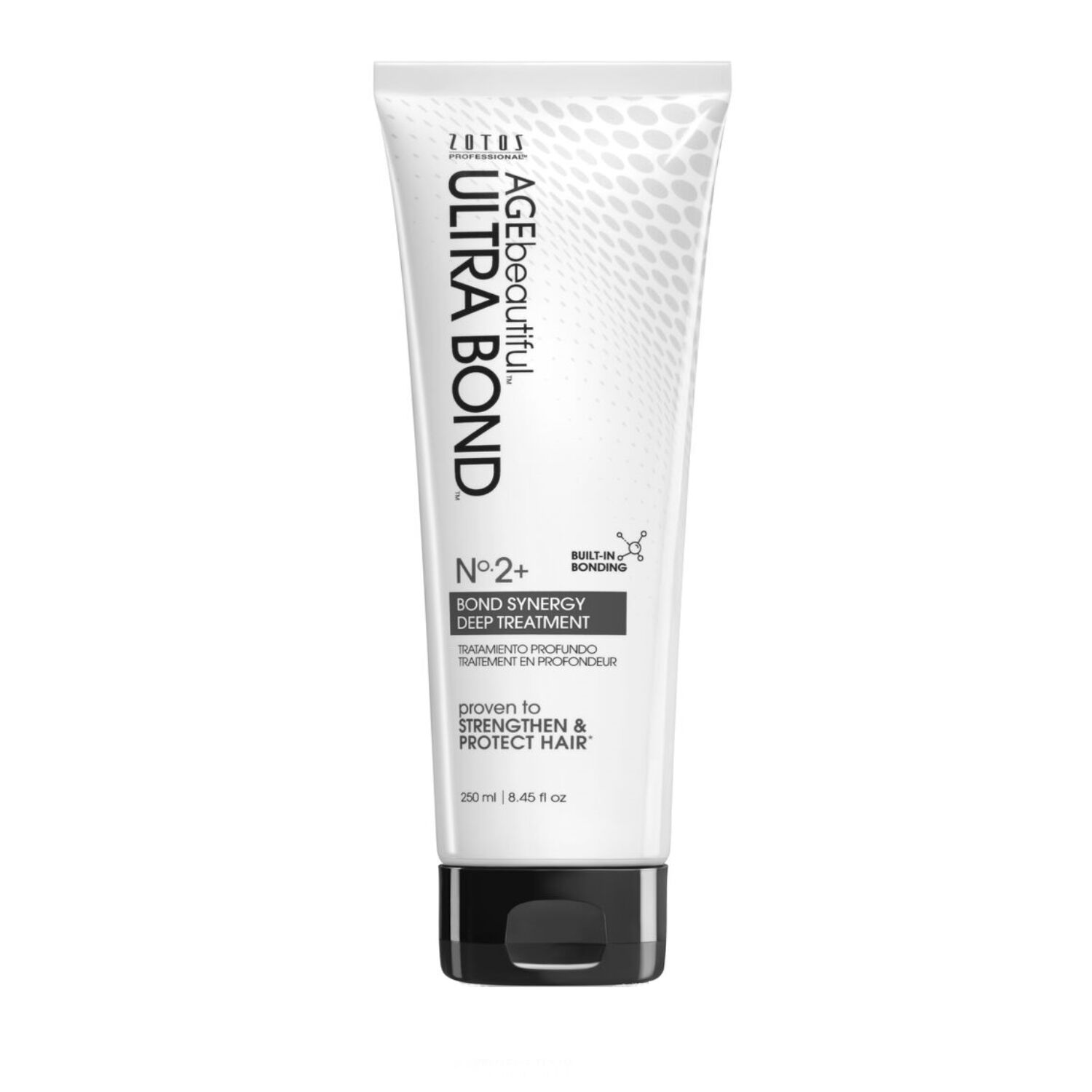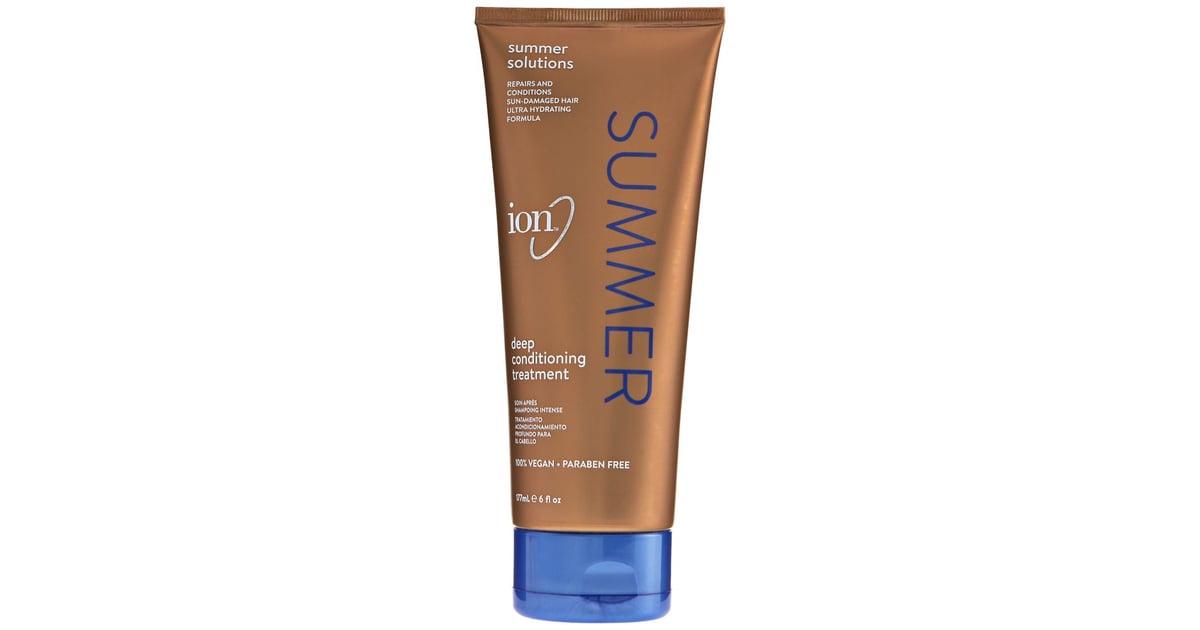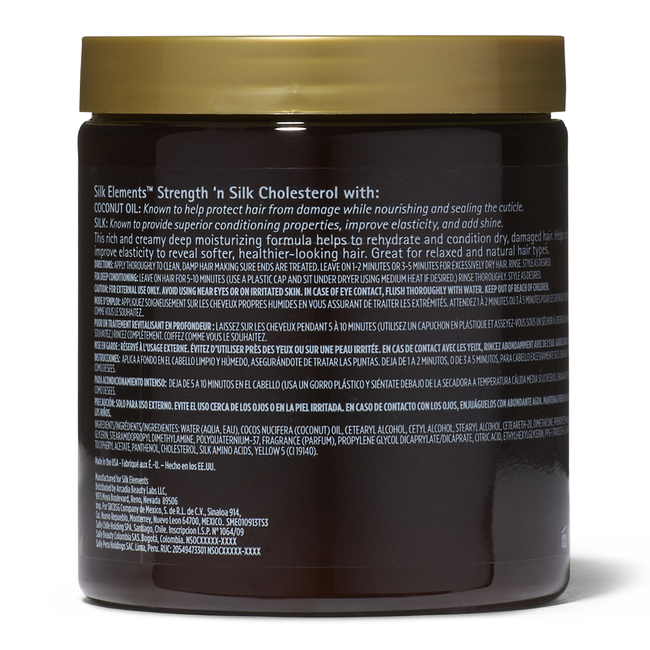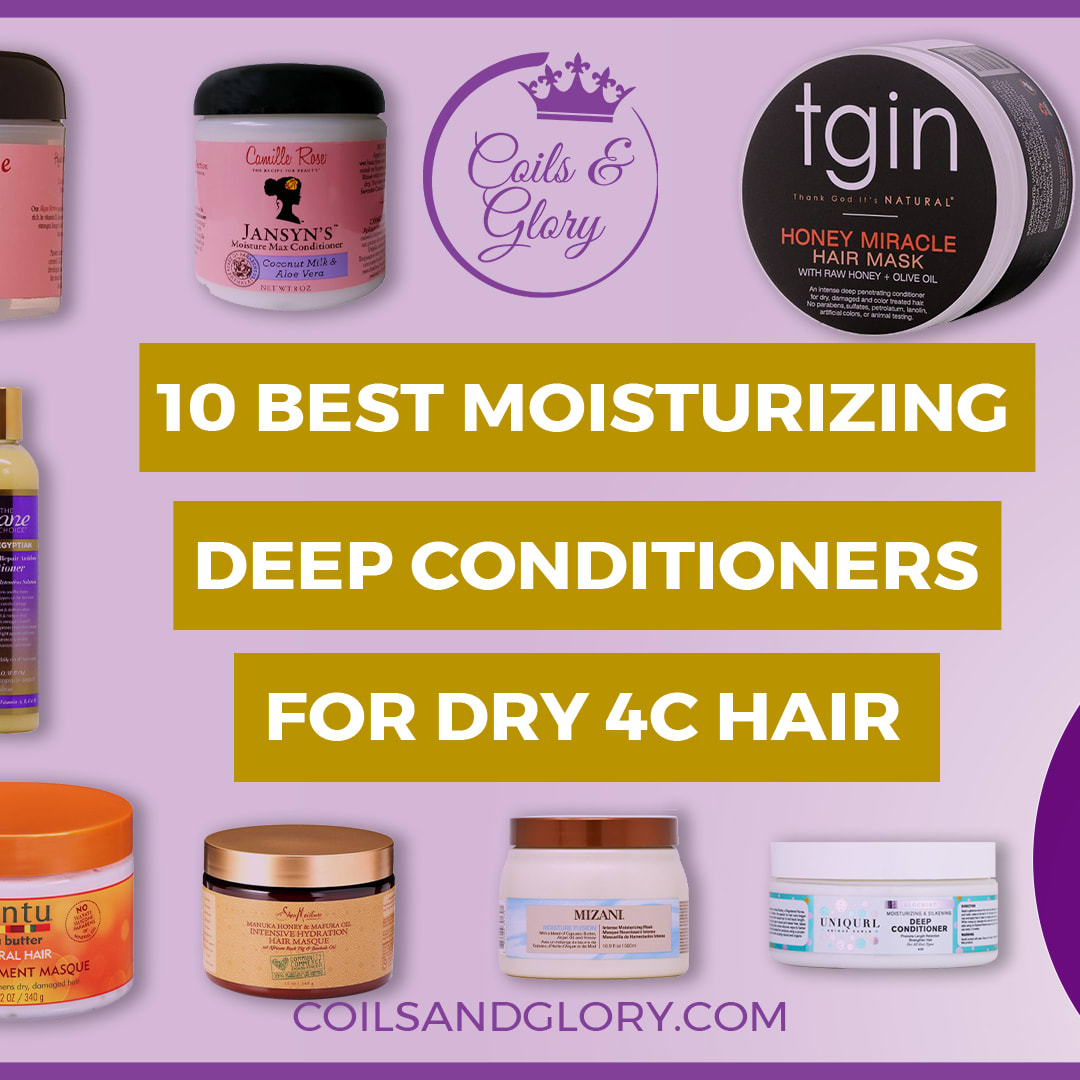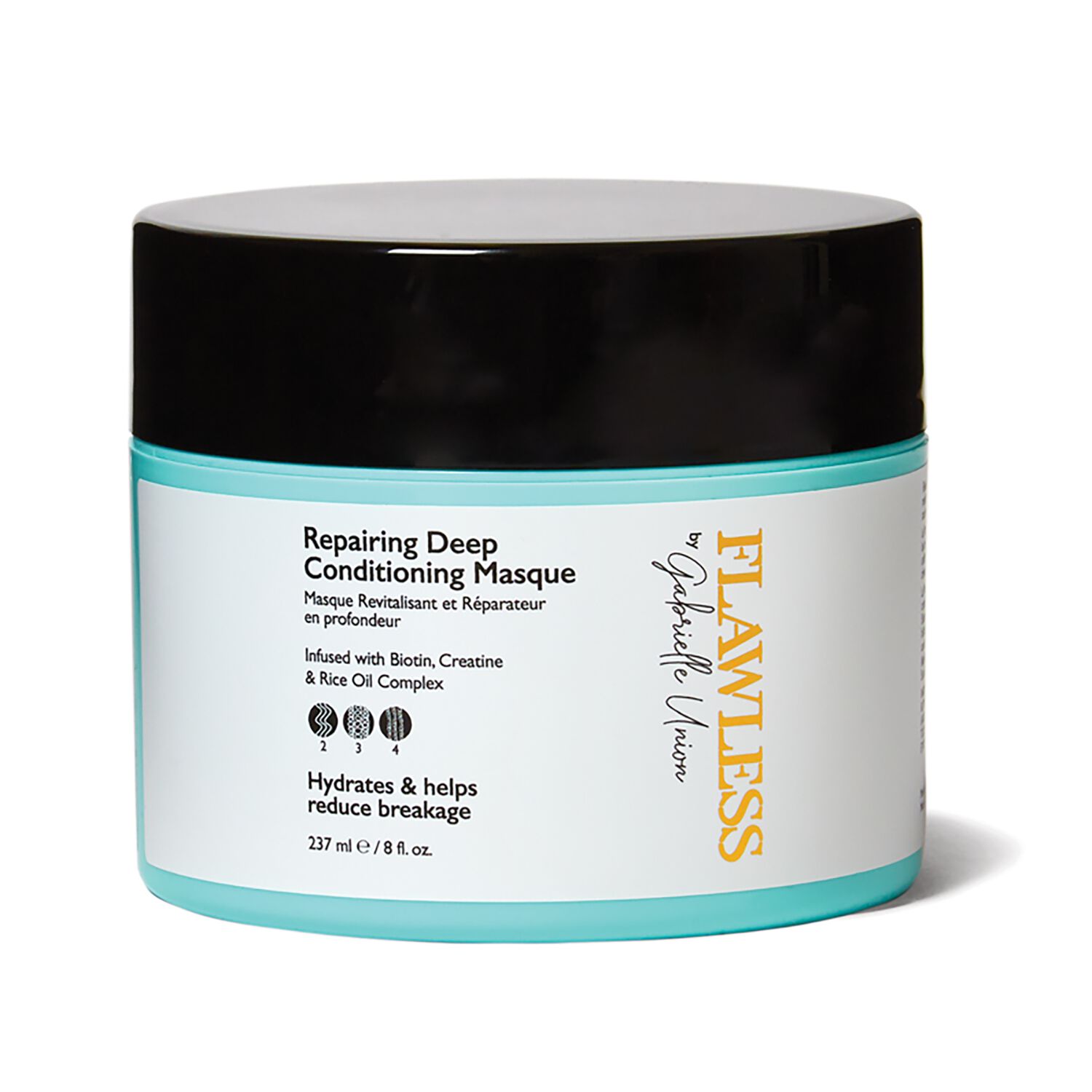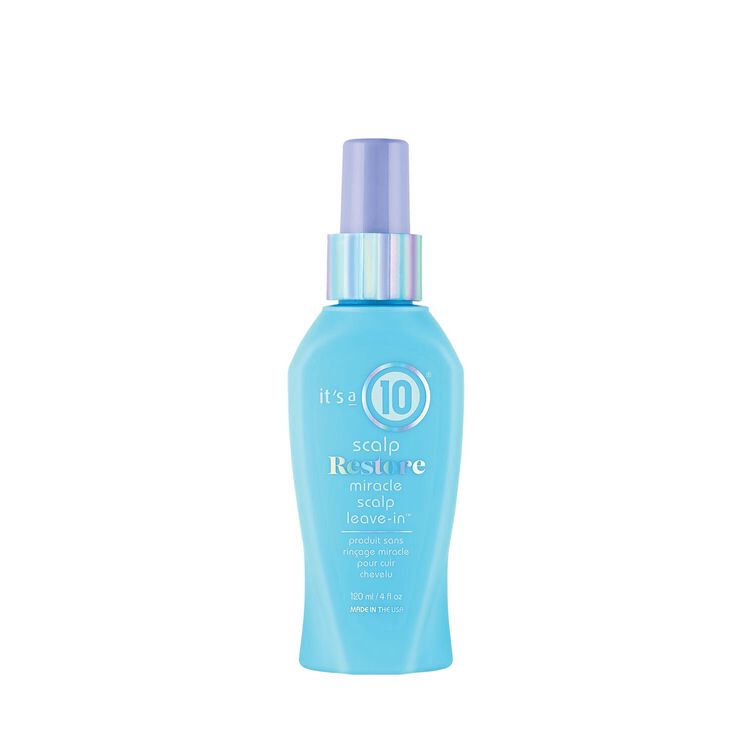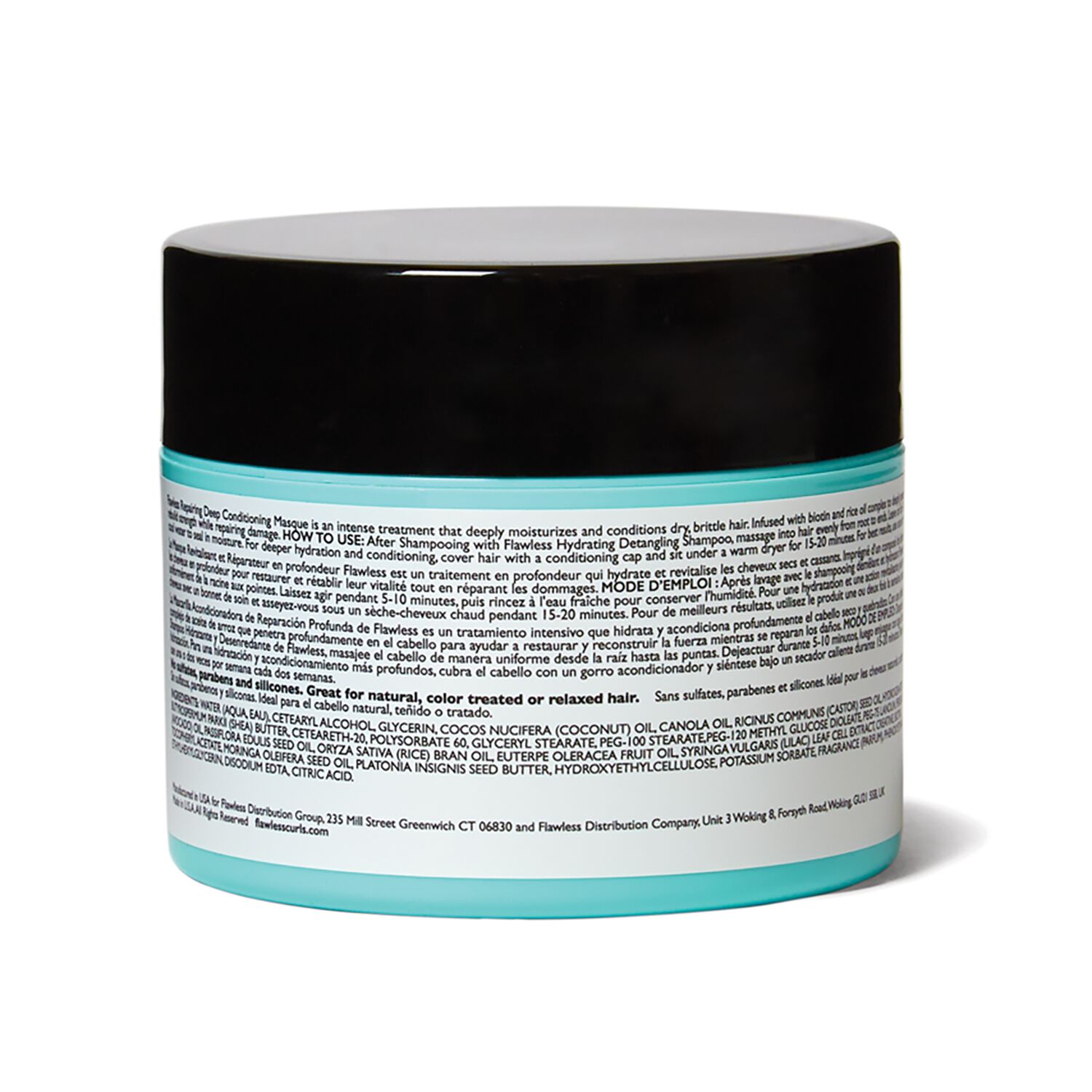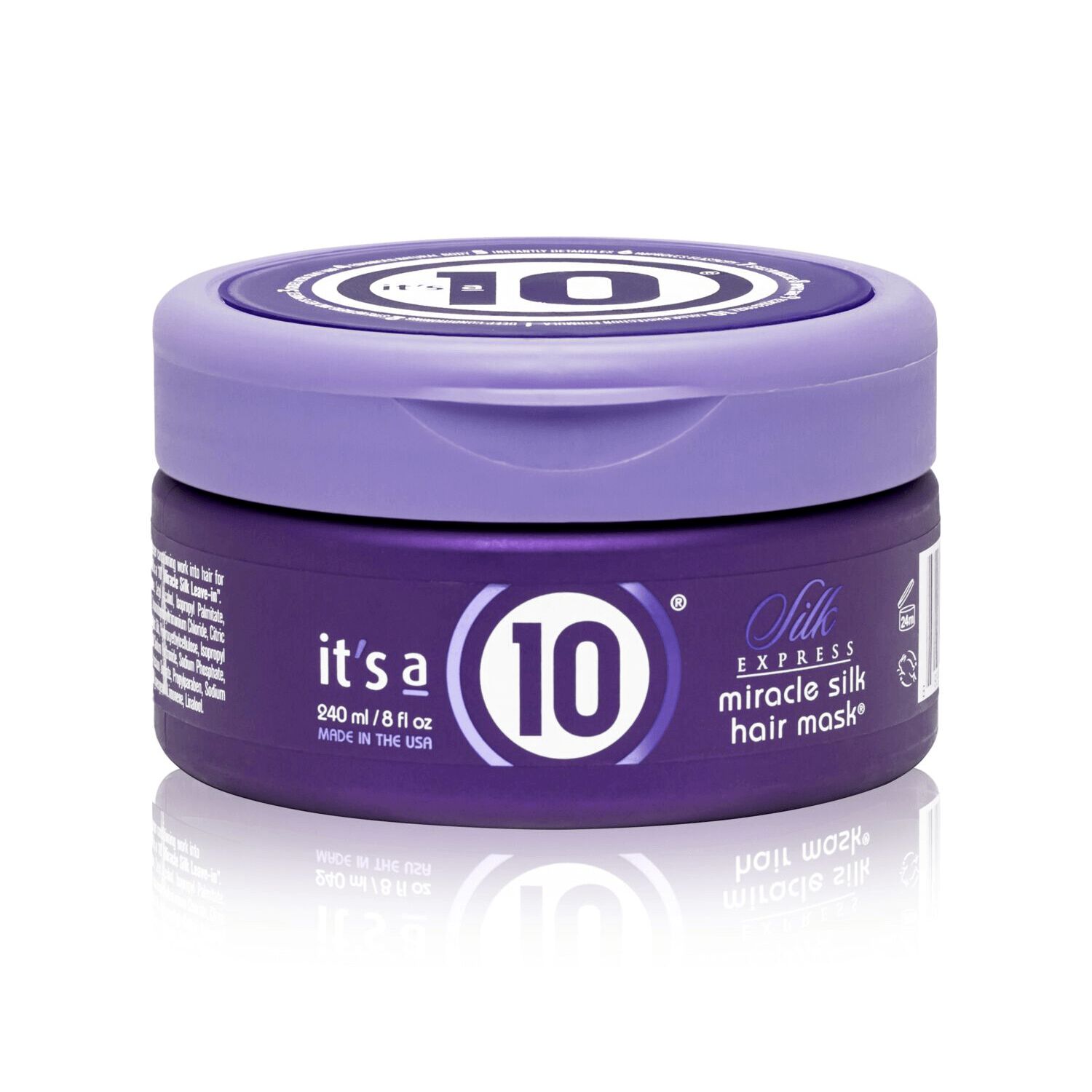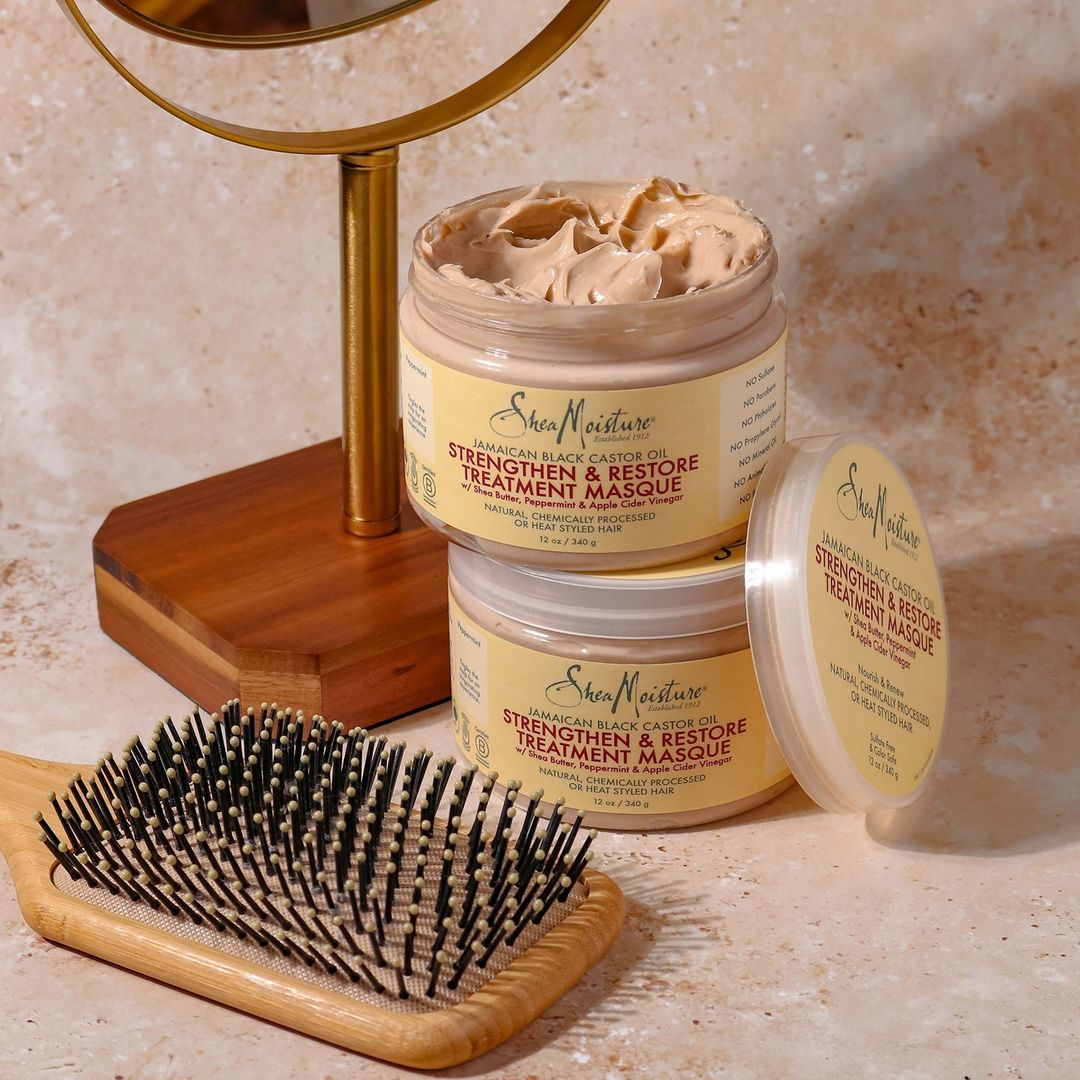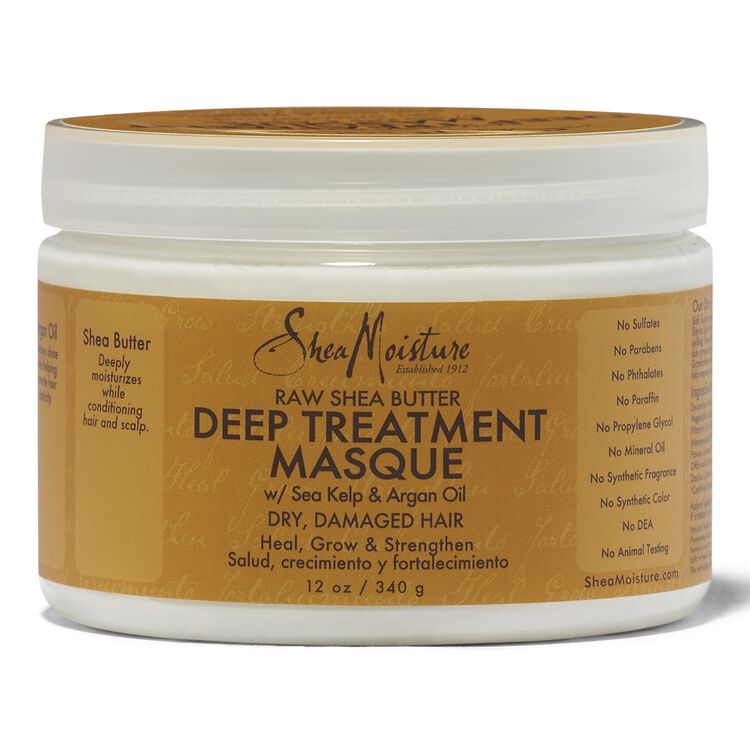Sally's Deep Conditioning Treatments
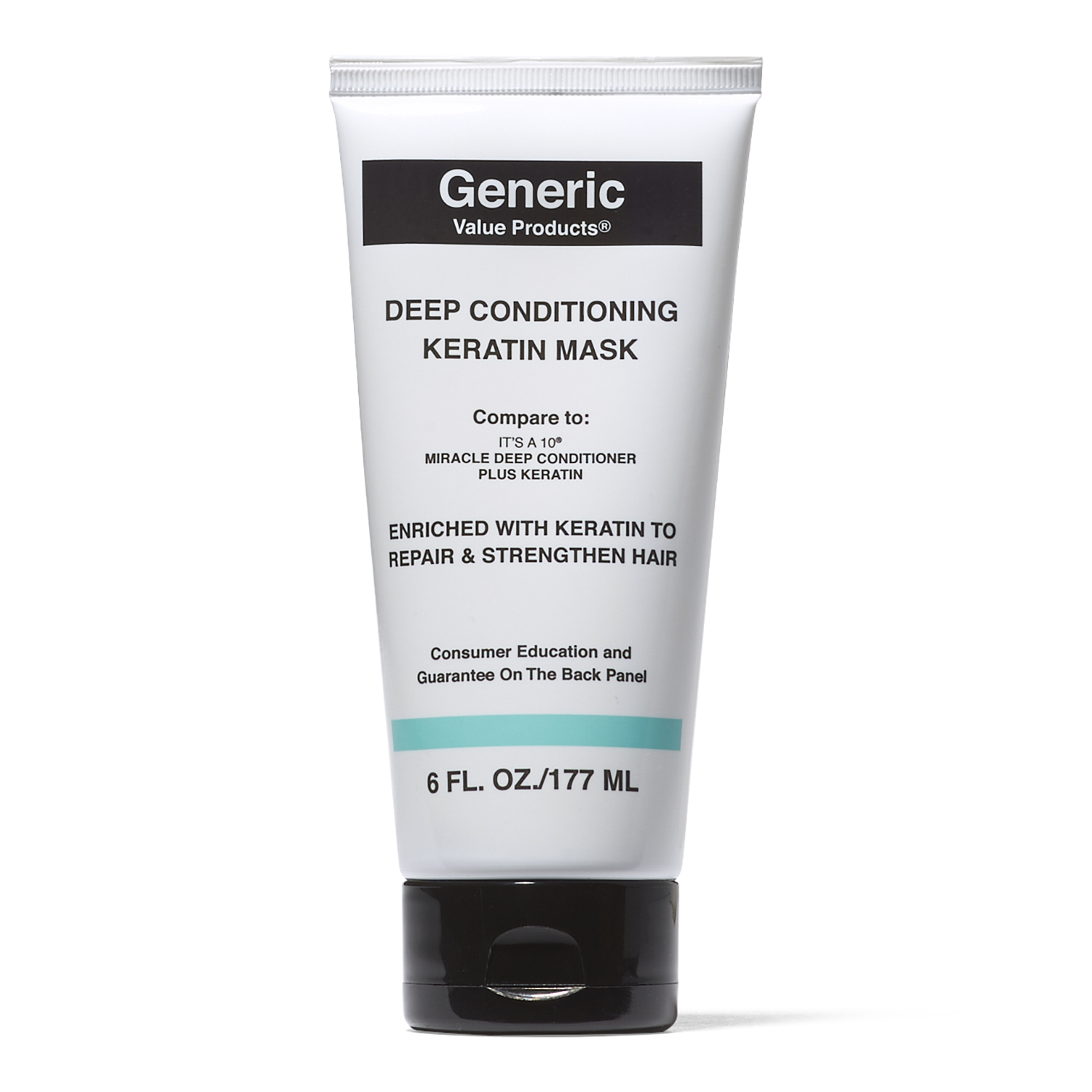
The quest for healthy, hydrated hair has fueled a booming industry, but not all treatments deliver on their promises. Amidst a saturated market of deep conditioning products, questions are emerging about the efficacy and safety of certain formulations, prompting consumers and industry watchdogs to scrutinize ingredient lists and marketing claims.
This article delves into the world of deep conditioning treatments, focusing on Sally's Beauty and their offerings, examining the science behind these products, potential benefits and risks, and expert opinions on navigating the choices available to consumers. We will explore the ingredients commonly found in deep conditioners sold at Sally's, assess the validity of their purported benefits, and consider the perspectives of dermatologists and hair care professionals. The goal is to provide a balanced and informative overview for consumers seeking to make informed decisions about their hair care routines.
The Science Behind Deep Conditioning
Deep conditioning treatments aim to penetrate the hair shaft to deliver moisture and nutrients. These products typically contain a blend of humectants, emollients, and proteins designed to hydrate, soften, and strengthen the hair.
Humectants, like glycerin and honey, attract moisture from the environment. Emollients, such as oils and butters, smooth the hair cuticle and add shine. Proteins, like keratin and amino acids, can temporarily fill in gaps in the hair shaft, improving its strength and elasticity.
Common Ingredients and Their Effects
A wide variety of deep conditioning treatments are available at Sally's Beauty, featuring diverse ingredient lists. Some popular ingredients include shea butter, coconut oil, argan oil, and various hydrolyzed proteins.
Shea butter and coconut oil are known for their emollient properties, helping to soften and smooth the hair. Argan oil is rich in antioxidants and fatty acids, contributing to shine and reducing frizz. Hydrolyzed proteins can help to strengthen damaged hair, but excessive use may lead to protein buildup.
According to a study published in the Journal of Cosmetic Science, the efficacy of these ingredients depends on their concentration and the specific formulation of the product. Some ingredients may only provide temporary benefits without addressing the underlying causes of hair damage.
Potential Benefits and Risks
When used correctly, deep conditioning treatments can offer significant benefits for hair health. These benefits include increased hydration, improved elasticity, reduced breakage, and enhanced shine.
However, potential risks also exist. Overuse of protein-based treatments can lead to stiff, brittle hair. Some ingredients, like fragrances and preservatives, may cause allergic reactions or scalp irritation in sensitive individuals.
It's crucial to perform a patch test before applying any new product to the entire scalp and hair. Reading ingredient lists carefully and consulting with a dermatologist or hair care professional can help minimize these risks.
Expert Opinions
Dermatologists emphasize the importance of identifying the underlying causes of hair damage before choosing a deep conditioning treatment. Dr. Emily Carter, a board-certified dermatologist, suggests that "while deep conditioners can provide temporary relief, addressing factors like heat styling, chemical treatments, and nutritional deficiencies is crucial for long-term hair health."
Hair stylists often recommend different treatments based on hair type and condition. "For dry, coarse hair, a deep conditioner with a high concentration of oils and butters is ideal," says Maria Rodriguez, a professional hair stylist. "For fine, damaged hair, a lightweight protein-based treatment can help to strengthen the hair without weighing it down."
Sally's Beauty offers a wide range of options, but understanding individual hair needs is key to selecting the most appropriate product.
Consumer Considerations and Regulatory Oversight
Consumers are increasingly demanding transparency in the beauty industry. They are actively seeking information about ingredients, manufacturing processes, and ethical sourcing.
The Food and Drug Administration (FDA) regulates cosmetic products, including deep conditioning treatments, but its oversight is limited. Unlike pharmaceuticals, cosmetic products do not require pre-market approval.
This lack of stringent regulation underscores the importance of consumer vigilance. Checking for third-party certifications and reading online reviews can provide valuable insights.
"Consumers should be empowered to make informed choices about the products they use," says Sarah Johnson, a consumer advocate. "Increased transparency and stricter regulatory oversight are needed to protect consumers from potentially harmful ingredients and misleading marketing claims."
The Future of Deep Conditioning
The deep conditioning market is expected to continue growing, driven by increasing consumer awareness of hair health and the availability of innovative products. There's a rising demand for treatments that offer personalized solutions and sustainable ingredients.
Research is ongoing to develop more effective and safer deep conditioning formulations. The use of advanced technologies, such as microencapsulation and nanotechnology, may enhance ingredient delivery and improve treatment outcomes.
As the industry evolves, consumers will benefit from a wider range of choices and more effective solutions for maintaining healthy, hydrated hair. Being informed and discerning is the best approach to navigate the diverse world of deep conditioning treatments, including those found at Sally's Beauty.

